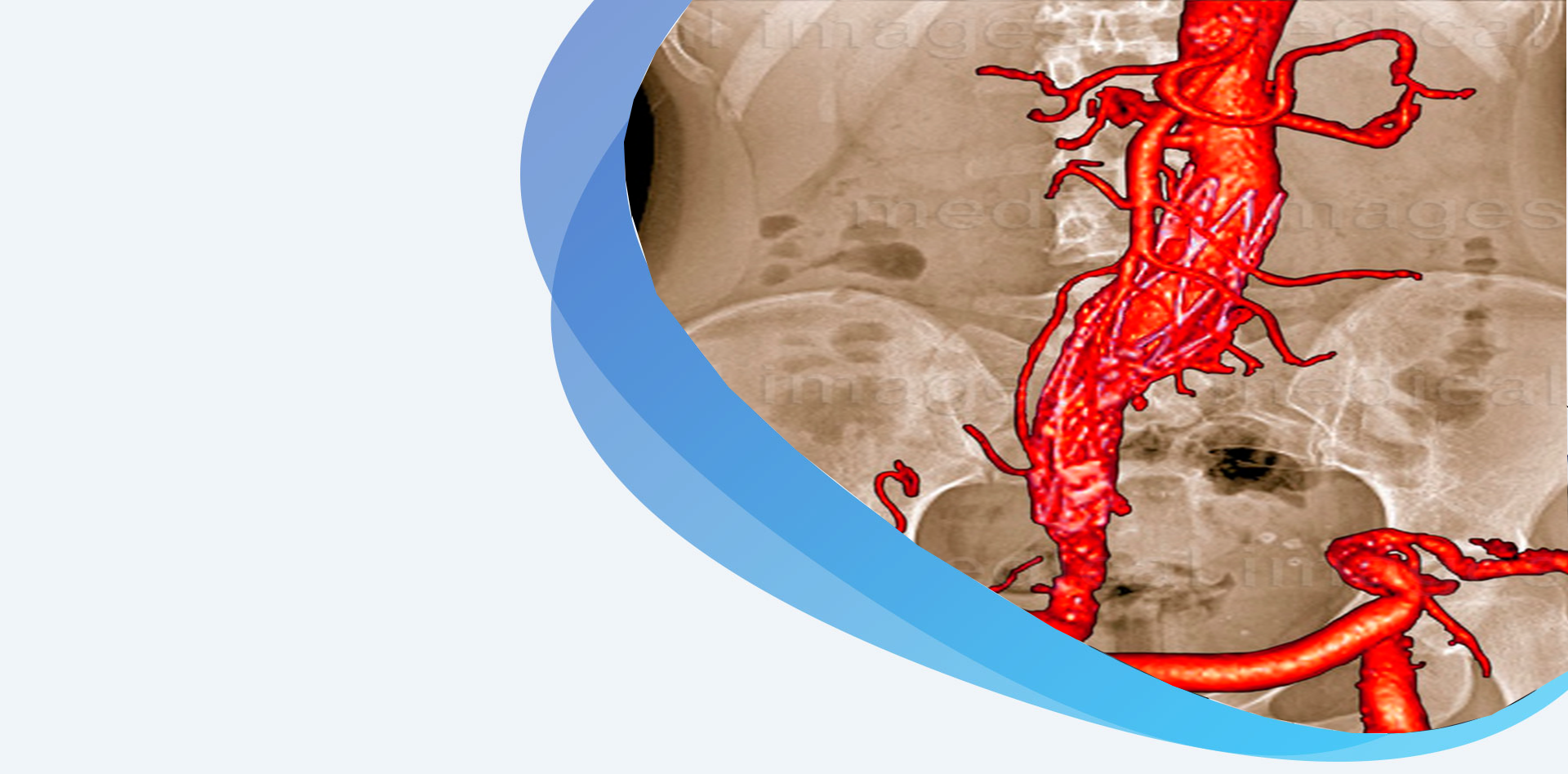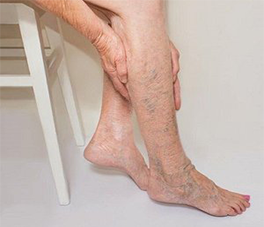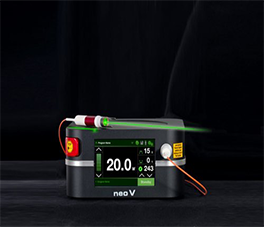Aorto Iliac Bypass


A surgical bypass reroutes blood flow around a diseased artery to increase blood flow to your legs. Surgical bypass is not a cure for aortoiliac occlusive disease. It is a treatment given to resolve the symptoms when medical management or minimally invasive therapies, such as balloon angioplasty and stenting, have not worked or are not suitable for you.
An aortoiliac bypass may be needed if you have severe blockages in your aorta or iliac arteries in your pelvis that cause severe discomfort in your legs when you walk. The blockages may be so severe that the your feet hurt even when lying down (rest pain), or wounds develop on your legs because of lack of blood flow.
AN AORTOFEMORAL BYPASS is the placement of a graft connecting your aorta and one of both femoral arteries in your pelvis to bypass a diseased vessel and increase blood flow to your legs. The aorta is accessed through an incision down the middle of your abdomen. Using tiny stitches, the graft is sewn into place above the blockage on the aorta and below the blockage on the femoral artery/ies. The tissue is then closed in layers over the graft in the abdomen and the groins.
Pain may last for several days to a few weeks after the procedure, mostly from the abdominal incision. Your surgical team will provide you with adequate amounts of pain medication to keep you comfortable.
AN AXILLOFEMORAL OR AXILLOBIFEMORAL BYPASS is a safer approach in some cases. Instead of using the aorta as the source of blood flow, the axillary artery is used, the artery that routes blood from your neck to your arm. An incision is made below the collarbone and in one or both groins. A graft is sewn in with tiny stitches at the origin and destination points for the bypass.
Pain may last for several days after the procedure. Your surgical team will provide you with adequate amounts of pain medication to keep you comfortable.
Time in surgery varies greatly, depending on weight, scar tissue and extent of disease.

The possible complications of these operations include death, heart attack, stroke, wound problems, graft infections, bleeding, graft blockage, need for another operation and limb loss.
Following aortobifemoral bypass:
Following an axillobifemoral bypass:


These operations are performed to improve blood flow to your legs. If successful, you should be able to walk further or have less pain in your legs than before the surgery. Leg pain from other conditions, such as back problems or nerve pain, will not be changed.
You will probably feel incision pain for several days to a few weeks and be treated with pain medications.